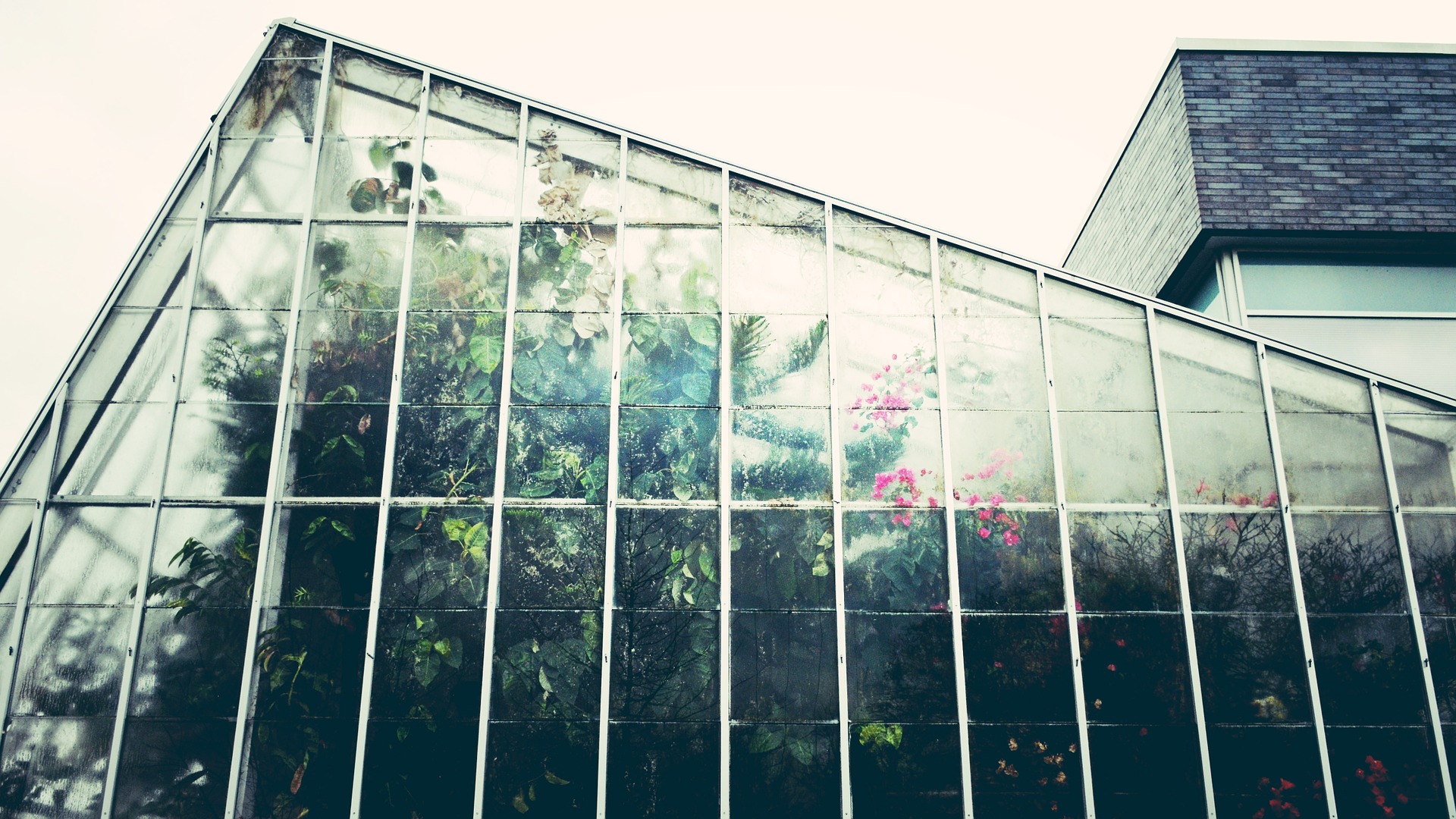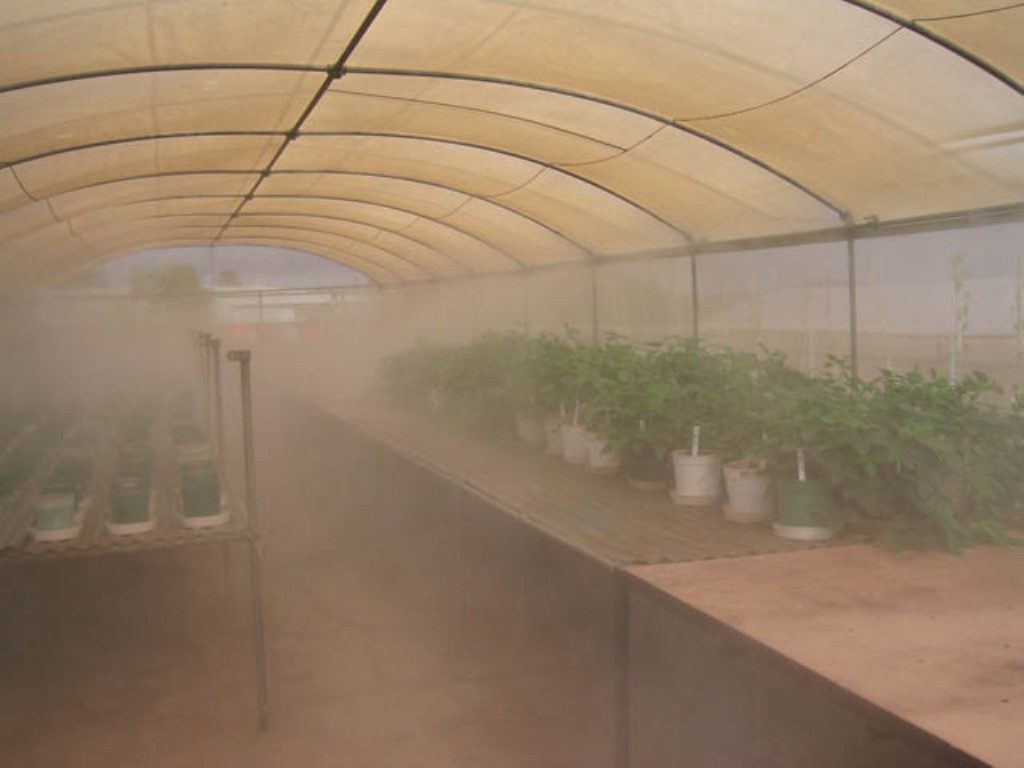Supplying food to desert regions where populations are increasing and water is scarce has become a significant challenge. Desert conditions, which can be extremely hot, windy, and bug-ridden, make growing most plants impossible.
Greenhouses have long been a solution for growing produce in difficult climates, but they most often are used to keep plants warm during cold weather. Desert growers have faced the opposite problem: they need a structure that will keep plants cool during extreme heat.
Innovative thinkers recently have designed several types of greenhouses that allow farmers to grow lush, healthy plants in deserts. These greenhouses often use minimal water, little soil, energy-efficient technology, and sometimes simple materials to create a suitable growing environment for year-round farming. As a result, some parts of Africa, the Middle East, the United States, and Australia are becoming more food self-sufficient and people in these regions are enjoying a wider variety of locally grown produce.
Here are some of the innovations in desert greenhouses around the world.
Simple tent structures: One of the easiest desert greenhouses to build is a tent supported by poles that are sunk deep into the ground. Builders use steel wires to make a framework around the poles and then overlay the structure with a layer of fine insect mesh.
The mesh creates a more suitable environment for growing. It keeps out insects, provides shade, and allows air to circulate so that heat doesn’t build up inside the greenhouse. Growers can mist water inside the structure, which will lower the temperature and increase the humidity.
In Nigeria, farmers are growing robust fruit and vegetable plants in this type of greenhouse. One farm grows tomato plants that reach up to 12 feet tall in soluble nutrients that are watered through a drip irrigation system. The greenhouse frames are designed to withstand the heat, wind, and rain typical of the local climate for up to 15 years. The farm now boasts 15 greenhouses that together produce about 660 pounds of tomatoes weekly.
Capturing solar power: Sundrop Farms in Australia has become a leader in greenhouse technology for hot climates. The company is located in a part of southern Australia where there is little fresh water, poor soil, extreme heat, and difficult terrain. Sundrop Farms has capitalized on sun and seawater, the only two natural resources that are abundant in the area.
Thousands of mirrors that reflect the sun are installed in Sundrop’s greenhouses, providing solar power to pump water into the structures to keep them cool. The water comes from the Spencer Gulf along Australia’s southern coast, and it is piped to Sundrop Farms, processed in a desalination plant, and then pumped into the greenhouses for irrigation and cooling. The company’s greenhouses have become so efficient that they now produce about 15 percent of Australia’s tomatoes.
The “super fogger:” In Israel, farmers are trying out a new sprinkler system created for desert greenhouses. While traditional greenhouse irrigation systems drip water onto plants, the “super fogger” generates a mist inside the greenhouse that keeps the temperature steady. Farmers found that the super fogger reduces the temperature inside a greenhouse between 8 and 15 degrees, which in the local climate causes the plants to produce more fruit. Overall, plants growing in these cooler, misty environments have 30 percent higher yields.
Computerized controls: Desert Growing, a partnership that provides turnkey greenhouses throughout the Middle East, uses state-of-the-art technology to create customized, “smart” greenhouses. For example, one of the greenhouses built by the company in Riyadh, Saudi Arabia, is equipped with a closed climate system controlled by an iSii process computer. This system allows farmers to maintain and monitor a consistent climate throughout the greenhouse by managing ventilation, heating and cooling, and humidity levels.
Another Desert Growing project, a traditional Venlo greenhouse on almost 9 hectares in a different part of Riyadh, grows tomatoes and other vegetables. Its roof is made of glazed roof glass, and the building has a pad and fan cooling system monitored by a computer. Because farmers are able to accurately monitor and adjust the irrigation, climate conditions, and energy usage in the greenhouse, they can grow crops more efficiently.
Soil-free growing: In the deserts of Arizona in the United States, temperatures can soar to 120 degrees in the summer. However, farmers here are confronting the harsh climate by growing plants in greenhouses with no soil and far less water than traditional crops. One type of greenhouse here is built on metal-framed towers, with seedlings planted in pockets around the sides of the structure. Water circulates through an internal system that is powered by solar energy.
True Garden, the company that builds these vertical greenhouses, designs growing systems that use minimal water and no soil or chemicals. All plants grown in True Garden greenhouses are organic, and they provide produce for local restaurants and co-ops.
Many of the greenhouse designs discussed above can be replicated by home gardeners who want to grow their own produce. Hydroponic greenhouse supplies and kits are available online, and it’s not difficult to build a basic, do-it-yourself greenhouse with a frame and plastic sheeting.



